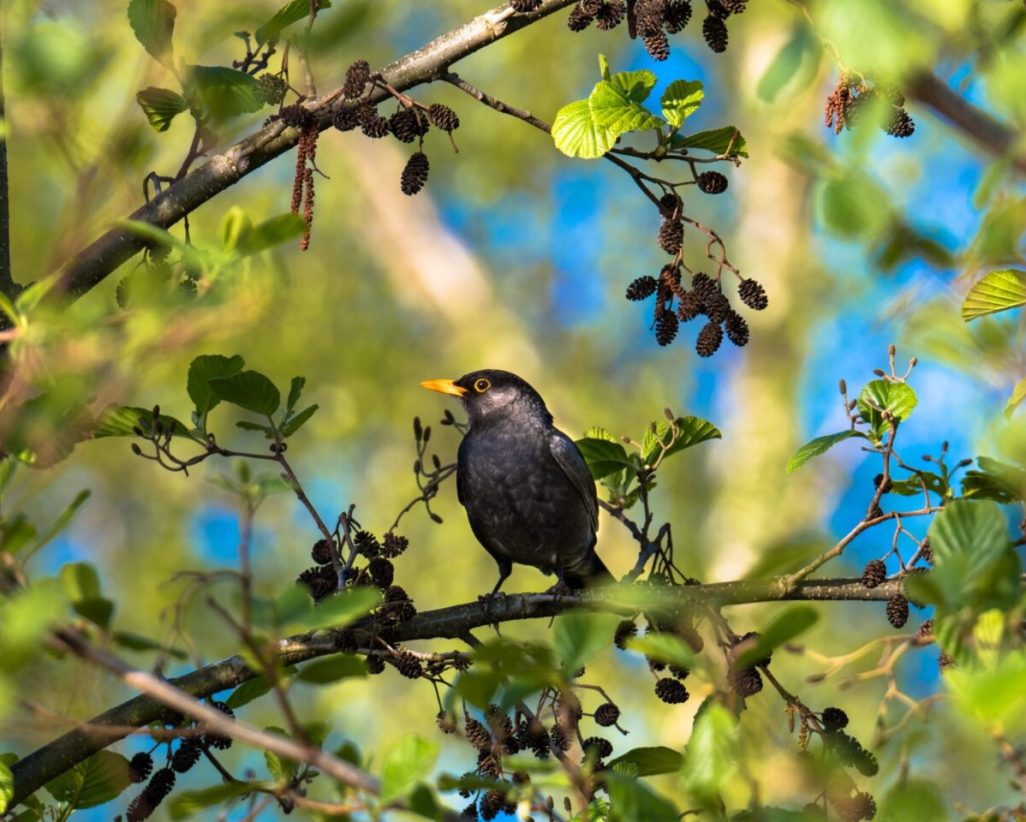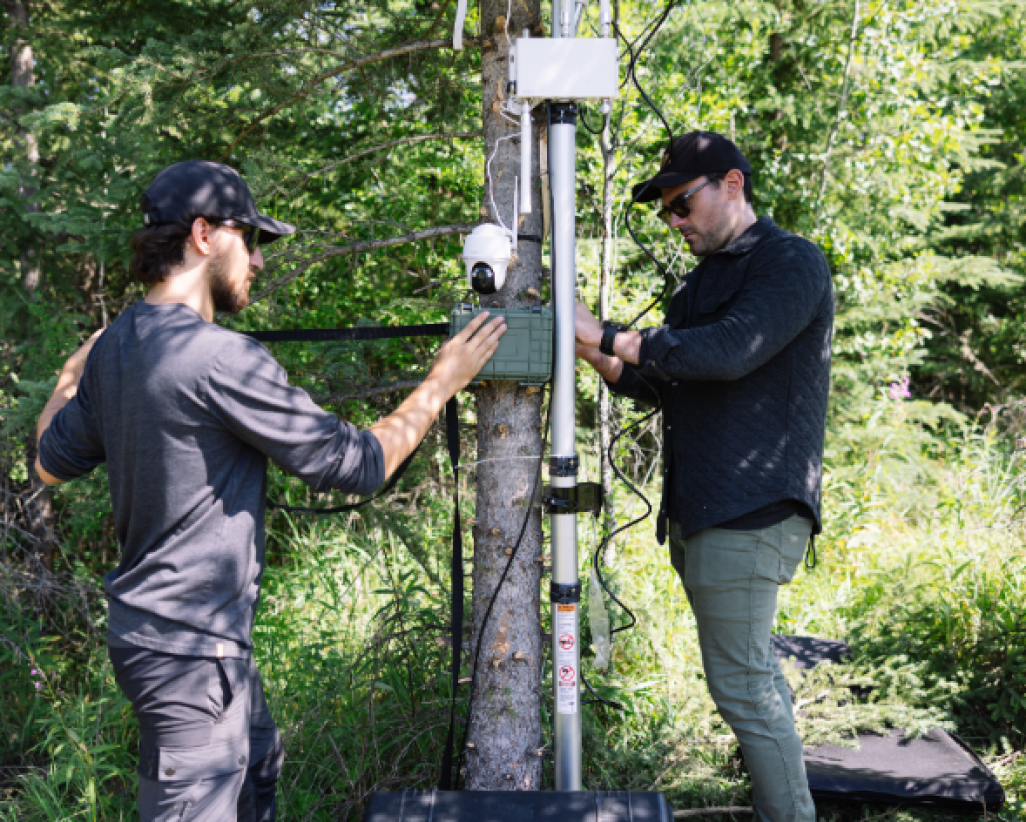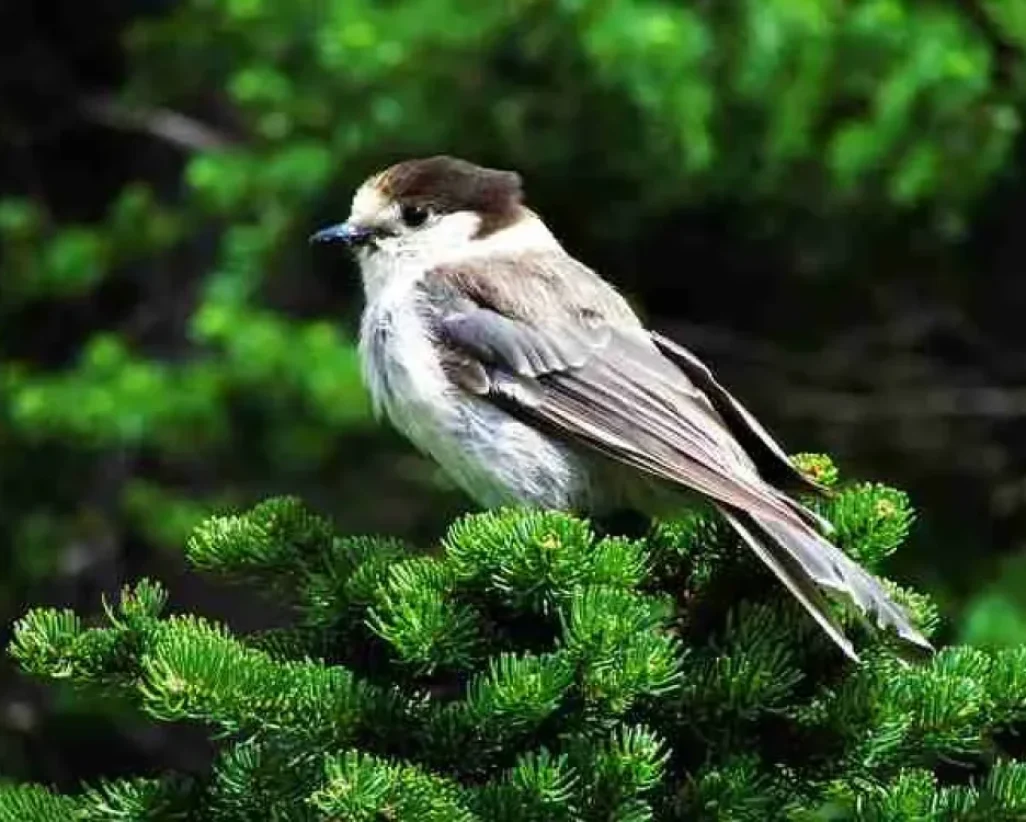The use of a scientific process to restore important tree species and bring in new tree species helps forests maintain and improve their resilience to climate change and other threats to forest integrity and related ecosystem functions. A Forest Restoration and Resilience Plan has been conducted using GIS, data modeling, remote sensing, and field verification that has highlighted priority landscapes where forest resilience investments will produce the highest and longest-term ecological benefits.
Northern Minnesota forests have become simplified over time due to past management practices, reduction in natural disturbance (fire), and increased herbivory from deer. Forests in this region are now composed of fewer and shorter-lived tree species and provide less biodiversity values and carbon storage than their potential based on the tree species our plant communities could support. We have been working to restore important tree species and expand the ranges of climate adapted tree species that will improve habitat values in priority landscapes including the headwaters of important watersheds, riparian forests along lake shores and trout streams, and degraded forests along the North Shore of Lake Superior. Restored and resilient forests will provide a wide range of ecological benefits and improved ecological service including improved water quality in trout streams and other water bodies, sediment reduction in streams and lake superior, improved habitat values for species of greatest conservation need according to MN’s state wildlife action plan, soil stabilization in the face of more intense rain events, carbon storage will improve by shifting forest composition to species that live longer and grow larger.
The following trees are planted here: Picea glauca (white spruce), Pinus strobus (white pine), Pinus resinosa (red pine), Quercus rubra (red oak), Pinus banksiana (jack pine), Picea mariana (black spruce), Larix laricina (tamarack), Thuja occidentalis (Northern white cedar), Betula allegheniensis (yellow birch), Quercus bicolor (swamp white oak).
Read more here: Reforestation in Minnesota | Evertreen






